In today’s complex world, understanding human behavior is more essential than ever. Whether designing policies, creating products, or encouraging healthier habits, behavioral frameworks provide a systematic approach to achieving impactful outcomes. These frameworks, grounded in behavioral science, help decode the intricacies of human decision-making and offer practical strategies for change. But what exactly are behavioral frameworks, and why are they so transformative?
What is a Behavioral Framework?
At its core, a behavioral framework is a structured method for understanding, predicting, and influencing human actions. It combines insights from disciplines like psychology, economics, and sociology to shed light on how people make decisions and behave in various contexts. By applying these frameworks, organizations can design interventions and strategies that align with human tendencies rather than work against them.
Behavioral frameworks operate on the premise that human behavior is not always rational or linear. People are influenced by a myriad of factors, including emotions, biases, social norms, and environmental cues. A behavioral framework helps organize these factors into actionable insights, making it easier to target behaviors effectively.
Key Components of Behavioral Frameworks
Behavioral frameworks generally share a few foundational components:
Behavioral Drivers: These are the internal and external factors that motivate or deter a particular behavior. Drivers might include cognitive biases, habits, social influence, or personal values.
Decision-Making Processes: How do individuals process information and make choices? Insights into heuristics, framing effects, and mental shortcuts are central to understanding decisions.
Environmental Context: External circumstances, like physical surroundings, policies, or cultural norms, can powerfully shape behavior.
Feedback Loops: Behavior is often influenced by its outcomes. For example, positive reinforcement can encourage habit formation, while negative outcomes can deter future actions.
Examples of Behavioral Frameworks
Several behavioral frameworks are widely used across industries to guide decision-making and change:
1. COM-B Model
The COM-B model—Capability, Opportunity, and Motivation—is a popular framework for understanding behavior. It posits that three core elements must align for a behavior to occur:
Capability: Do individuals have the necessary skills and knowledge?
Opportunity: Are there external factors, like resources or accessibility, that enable the behavior?
Motivation: Do people have the internal drive to act, whether consciously or unconsciously?
2. EAST Framework
Developed by the Behavioral Insights Team, the EAST framework simplifies behavior change strategies into four key principles:
Easy: Reduce effort and friction.
Attractive: Highlight benefits and make actions visually compelling.
Social: Harness social norms and peer influence.
Timely: Intervene at moments when people are most likely to act.
Why Behavioral Frameworks Matter
Behavioral frameworks transform abstract concepts about human behavior into actionable insights. They’re especially valuable because they:
Make the Complex Manageable: Human behavior is influenced by countless variables. Frameworks distill these complexities into understandable and workable models.
Improve Outcomes: From public health campaigns to financial decision-making, applying a behavioral framework increases the likelihood of success by addressing real-world behavior.
Enable Ethical Influence: Frameworks like the EAST approach emphasize guiding choices without restricting freedom, making them ethical and effective tools for influence.
Promote Innovation: Behavioral frameworks inspire creative solutions by highlighting non-obvious ways to encourage positive actions.
Applications in the Real World
The applications of behavioral frameworks are as diverse as the challenges they address:
Policy Design: Governments use these frameworks to create initiatives that promote behaviors like recycling, vaccination, or energy conservation.
Marketing: Companies craft messages and campaigns that resonate with consumer psychology, boosting engagement and conversions.
Organizational Change: Behavioral insights help organizations drive employee alignment, productivity, and well-being.
Product Design: Designers use these principles to build user-friendly products that anticipate and accommodate human needs.
Conclusion
Behavioral frameworks bridge the gap between how people should behave in theory and how they actually behave in practice. By understanding the factors that drive behavior, we can design better systems, create more effective interventions, and foster positive change on a large scale. Whether you’re a policymaker, entrepreneur, or advocate for social good, embracing behavioral frameworks can unlock transformative potential.


댓글